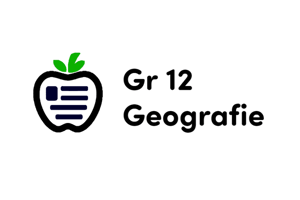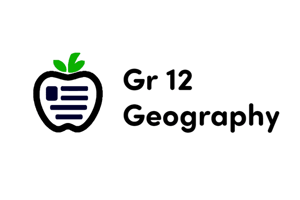Podcast
Questions and Answers
GIS સાથે કઈ સાથેનું ઉપયોગ થયું છે?
GIS સાથે કઈ સાથેનું ઉપયોગ થયું છે?
- હવામાન અભ્યાસ
- શહેરી નકશા
- પ્રાકૃતિક સંસાધન વ્યવસ્થા (correct)
- આરોગ્ય સાર્વજનિક
GIS તે કે શુ?
GIS તે કે શુ?
- Web-based GIS platforms
- Big data
- Cloud computing
- All of the above (correct)
GIS મુ�#3657;�#3634;�#3592;.
GIS મુ�#3657;�#3634;�#3592;.
- GIS �#3634;, �#3626;, �#3592;
- GIS �#3634;�#3610; �#3660;�#3597; �#3626;�#3617; (correct)
- GIS �#3660;�#3597;, �#3626;�#3617;, �#3592;
- GIS �#3650;�#3634;, �#3626;�#3617;, �#3591;
GIS ઓ�#3650;�#3588;, આ�#.
GIS ઓ�#3650;�#3588;, આ�#.
GIS �.
GIS �.
GIS ની મુખ્ય ઉદ્દેશ શું છે?
GIS ની મુખ્ય ઉદ્દેશ શું છે?
GIS પ્ ਤੇ શુਂ ભਲੂਨ ਤਮ ਵਿਸਫਟਲ ਕਰਸ਼.
GIS પ્ ਤੇ શુਂ ભਲੂਨ ਤਮ ਵਿਸਫਟਲ ਕਰਸ਼.
GIS technology कीस प्रकार का है?
GIS technology कीस प्रकार का है?
GIS data ਕੈਸੇ ਉਪਯੋਗ ਹੋ ਜਾ ਸੁਧ
GIS data ਕੈਸੇ ਉਪਯੋਗ ਹੋ ਜਾ ਸੁਧ
GIS users મುಖ್ಯತ: _____________.
GIS users મುಖ್ಯತ: _____________.
GIS (Geographic Information Systems) ___________________.
GIS (Geographic Information Systems) ___________________.
Flashcards are hidden until you start studying
Study Notes
Geographic Information Systems (GIS) in Geography
Geographic Information Systems (GIS) are an essential tool in the field of geography, allowing us to visualize, analyze, and interpret spatial data. GIS technology brings together maps, data, and tools to reveal patterns and relationships that would otherwise remain hidden. By integrating geospatial data, GIS helps us to better understand complex interactions between humans, the environment, and natural processes.
Origins and Purpose
GIS emerged in the 1960s and quickly evolved as a powerful method of understanding and managing geographical information. Its primary purpose is to combine data from various sources into a common framework, allowing us to explore, question, and interpret patterns and relationships. GIS is now used in a wide range of disciplines, including urban planning, environmental science, natural resource management, and public health.
Key Components
GIS relies on three main components:
-
Data: GIS utilizes data in various formats, such as maps, satellite images, elevation models, and databases of geographic features.
-
Technology: GIS software enables us to manipulate, analyze, and visualize spatial data, revealing new insights and relationships.
-
People: The expertise and knowledge of GIS users are crucial, as they interpret the results and apply them to real-world situations.
GIS Applications
GIS has a wide array of applications, including:
- Urban Planning: GIS helps planners to visualize and analyze land use, transportation, and infrastructure.
- Environmental Science: GIS enables scientists to model and predict environmental changes, such as climate change and habitat loss.
- Natural Resource Management: GIS assists in managing natural resources, such as forests, water, and minerals, by identifying optimal locations for extraction and conservation.
- Public Health: GIS allows public health officials to map and predict the spread of diseases, identify at-risk populations, and evaluate the effectiveness of preventative measures.
The Future of GIS
The future of GIS is bright, with emerging technologies such as cloud computing, big data, and web-based GIS platforms. These developments will enable us to tackle more complex questions and address global challenges, such as climate change, urbanization, and resource scarcity.
Conclusion
GIS is a vital tool in geography, enabling us to visualize, analyze, and interpret geospatial data. By integrating various data types, GIS helps us to reveal patterns and relationships that would remain hidden, leading to a better understanding of complex systems and processes. As GIS technology continues to evolve, we can expect to see more innovative applications and solutions to global challenges.
Studying That Suits You
Use AI to generate personalized quizzes and flashcards to suit your learning preferences.




